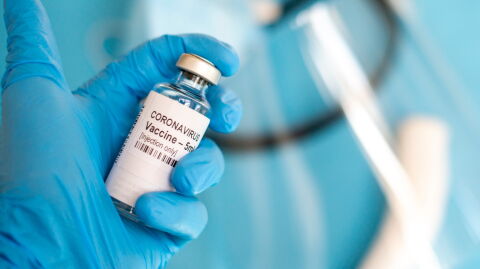While at the beginning of the global pandemic the American president was going from rally to rally without wearing a protective mask, and shaking hands at every turn, in recent weeks his tune has changed. The country is the most affected in the world, ahead of Brazil and India, with more than 185,000 deaths due to the coronavirus.
Discover our latest podcast
Faced with such a death toll, authorities have asked to speed up the development of a vaccine against COVID-19, a request that may have paid off. Health authorities ‘urgently request’ that distribution centres for a future vaccine be ‘fully operational by November 1, 2020.’
Does this mean that the United States has found a reliable treatment against the virus? Not exactly.
Several vaccines are currently being tested, but there is no indication that they will be usable. However, health authorities do not want to leave anything to chance and prefer to develop a distribution plan so that no time is lost once the vaccine is developed.
The US has pre-ordered millions of doses of the future vaccine from two US pharmaceutical giants, Pfizer and Moderna, according to the New York Times, and from France's Sanofi, which has just announced that it will immediately begin clinical trials of its vaccine on 440 volunteers.
Depending on the various scenarios put in place by health authorities, the US could be able to supply 2 million doses of the vaccine by the end of October, and more than 20-30 million by the end of November. While the priorities will be the same as in the rest of the world (health care workers and so-called essential workers), the race for this vaccine differs somewhat.
Sources say that the head of the US Food and Drug Administration (FDA), Stephen Hahn, is not against the possibility of authorising the distribution of a vaccine which has not finished clinical trials.
Check out the video above for more information!















